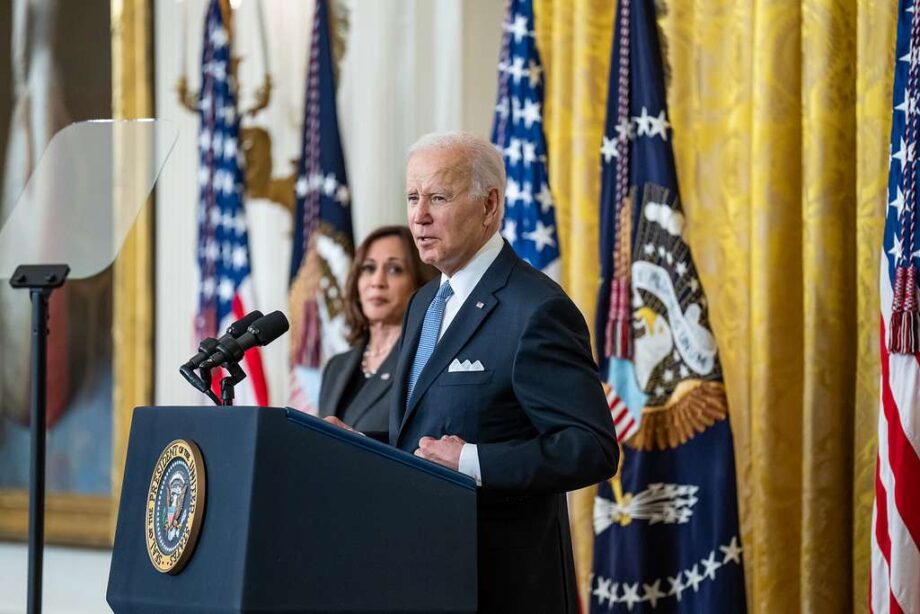- The fiscal year 2025 budget includes funds for broadband expansion, tech innovation, and digital equity.
- The proposed budget earmarks $6 billion for enhancing internet affordability and $112 million for rural broadband infrastructure.
- Initiatives integral to President Joe Biden’s economic vision include reducing costs, stimulating job growth, and protecting consumers.
- The budget prioritizes semiconductor manufacturing, tech talent attraction, and safe artificial intelligence development.
- Funding allocations support programs like the Affordable Connectivity Program and the USDA’s ReConnect program to expand broadband access in underserved areas.
Enhancing Internet Affordability with the FY 2025 Budget for Broadband
In the ever-evolving landscape of technology and communication, access to affordable and reliable internet services has become a crucial aspect of daily life. The fiscal year 2025 budget proposed by the White House reflects a significant focus on enhancing internet affordability for consumers, underlining the importance of broadband expansion and digital equity. Let’s delve into the key initiatives outlined in the budget and how they aim to shape the future of broadband technology in the United States.
Empowering Rural Areas: Expanding Broadband Infrastructure
Rural communities across the United States have long faced challenges in accessing high-speed internet services due to geographical constraints and lack of infrastructure. The proposed budget allocates a substantial amount, $112 million, towards expanding rural broadband infrastructure. This investment aims to bridge the digital divide by bringing reliable internet services to underserved areas, particularly in tribal regions. The ReConnect program by the U.S. Department of Agriculture plays a vital role in deploying broadband infrastructure in these areas, ensuring symmetrical speeds of at least 100 Megabits per second to enhance connectivity and enable economic growth.
Moreover, the budget emphasizes the importance of collaboration between government agencies and Congress to secure additional funding for broadband expansion initiatives beyond 2025. By prioritizing the development of infrastructure in rural and remote regions, the government is taking proactive steps to ensure that all Americans have access to high-quality internet services, regardless of their location.
Related Video

Driving Tech Innovation: Investing in Semiconductor Manufacturing and Tech Hubs
The FY 2025 budget also earmarks a significant portion of funding to bolster America’s semiconductor manufacturing leadership and establish tech innovation hubs in underserved regions. With an investment of $20 billion, the government aims to stimulate research, development, and production in the semiconductor industry, thereby enhancing American competitiveness in the global tech market.
The budget outlines initiatives to support emerging technologies like AI and quantum computing, foster workforce development in STEM fields, and promote regional innovation through tech hubs. By nurturing a culture of innovation and collaboration, these hubs serve as catalysts for economic growth, job creation, and the commercialization of new technologies. The Regional Technology and Innovation Hubs Program, established under the CHIPS and Science Act of 2022, plays a pivotal role in supporting these initiatives, empowering regional economies and driving technological progress across various industries.
Safeguarding Digital Future: Advancing Artificial Intelligence and Cybersecurity
As technology continues to advance at a rapid pace, ensuring the safe and secure development of artificial intelligence is paramount. The FY 2025 budget allocates funds to oversee, regulate, and advance AI technologies, with a focus on mitigating societal risks and protecting the public interest. The establishment of the U.S. AI Safety Institute under the National Institute of Standards and Technology underscores the government’s commitment to developing guidelines, tools, and best practices for assessing and managing AI-related risks.
Additionally, the budget enhances the government’s capacity to combat cyber threats by bolstering the FBI’s cyber investigative capabilities and establishing a new division within the DOJ’s National Security Division dedicated to addressing cybersecurity challenges. By investing in cybersecurity infrastructure and AI governance, the government aims to strengthen national security, protect critical systems, and promote responsible AI deployment across federal agencies.
The FY 2025 budget for broadband and technology reflects a comprehensive approach towards enhancing internet affordability, driving tech innovation, and safeguarding the digital future of the United States. By prioritizing rural broadband expansion, semiconductor manufacturing, AI development, and cybersecurity, the government is laying the foundation for a more inclusive, resilient, and technologically advanced society. As these initiatives unfold in the coming years, they are poised to shape the future of broadband technology and empower communities across the nation.
Links to additional Resources: 1. https://www.fcc.gov/ 2. https://www.broadband.gov/ 3. https://www.ntia.gov/